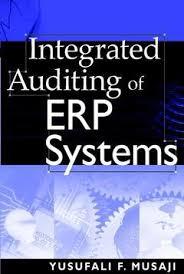Question
a) (Part i) Analyse the performance of the divisions and the caf as a whole. In your response, discuss whether it is financially worthwhile to

a)
(Part i) Analyse the performance of the divisions and the caf as a whole. In your response, discuss whether it is financially worthwhile to stop serving meals at breakfast. (4 marks)
(Part ii) If Miranda stopped offering breakfast meals, what would be the likely impact on the Asset Turnover ratio? Explain briefly. (2 marks)
(Part iii) Suggest one non-financial reason for Miranda to continue to serve breakfast meals. (1 mark)
b) In the divisional performance analysis above, common costs represent casual wages, cleaning, rent and advertising. Comment on appropriateness of the current allocation of each of these common costs. (4 marks)
Miranda owns and operates a caf in the Eastern suburbs of Melbourne. The business is structured as a sole trader, and has been operating for five years. Miranda started the business from scratch, and prides herself of the diverse range of foods she offers by catering for all dietary requirements. Since the Covid-19 pandemic restrictions of last year, Miranda has been thinking about what to do going forwards. The restrictions forced her to close for several months, as she was not in a position to convert to take-away food service. While staying home and not earning income was difficult, she realised how many hours she spent at work and decided that she had to reduce her workload for her own health. Miranda prepared a divisional performance report for the last financial year. The results surprised her, especially the performance of breakfast mealtime which appears to be unprofitable. To Miranda, serving breakfast to customers is relatively easy, because she is there doing meal preparations anyway. Furthermore, she loves chatting to the parents who regularly drop in for a coffee and breakfast before or after dropping their children at school. Her lunch customers are mostly workers from nearby offices and shops, as there are not too many healthy food options within walking distance apart from the large fast food chains. She sees the most diversity in customers at dinnertime, where sometimes people just driving home from working in the city drop in to eat. Breakfast Lunch $ 32,000 $ 74,000 Dinner $ 103,000 Totals $ 209,000 Revenue Variable Costs (25,000) 48,000 80,000 153,000 Contribution 7,000 26,000 23,000 56,000 Common Costs (12,000) (12,000) (36,000) (12,000) (5,000) Mealtime Profit 14,000 11,000 20,000 Investment $ 12,500 $ 17,500 $ 20,000 $ 50,000 ROI (40%) 80% 55% 40% |Step by Step Solution
There are 3 Steps involved in it
Step: 1

Get Instant Access to Expert-Tailored Solutions
See step-by-step solutions with expert insights and AI powered tools for academic success
Step: 2

Step: 3

Ace Your Homework with AI
Get the answers you need in no time with our AI-driven, step-by-step assistance
Get Started


